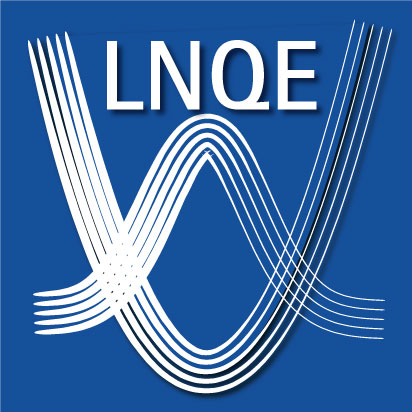In the search for two-dimensional (2D) materials, transition-metal trichalcogenides (TMTCs) have emerged as promising candidates for optoelectronic applications. Here, we show a very long-lasting persistent photoconductivity (PPC) over several hours in thin films of the TMTC zirconium trisulfide (ZrS3) at room temperature when illuminated with a 470 nm LED. ZrS3 crystals were grown using chemical vapor transport. UV–vis spectroscopy showed an indirect band gap of 1.81 eV and an Urbach energy of 83 meV, indicating that the system has a large number of defects. Transistor measurements on thin layers with thicknesses varying between 19 and 50 nm showed ZrS3 to be an n-type semiconductor. The conductivity increases under illumination, and it only reaches the original state several hours after switching off the illumination. This PPC can be described by using a stretched exponential function. On top of that, the sum of three exponential functions with tree different relaxation times fits the observed PPC nearly equally well. This shows that three processes dominate the relaxation. The three observed processes can be differentiated with respect to their origin by their dependence on the thickness of the thin layers.
Original articel:
L. Thole, A. B. Kalefa, C. Belke, S. Locmelis, L. Bockhorn, P. Behrens, and R. J. Haug: Long-Persistent Photoconductivity in Transistor Structures Made from Thin ZrS3-Films, ACS Appl. Electron. Mater. 2023, 5, 11, 6286–6291
DOI: 10.1021/acsaelm.3c01163












